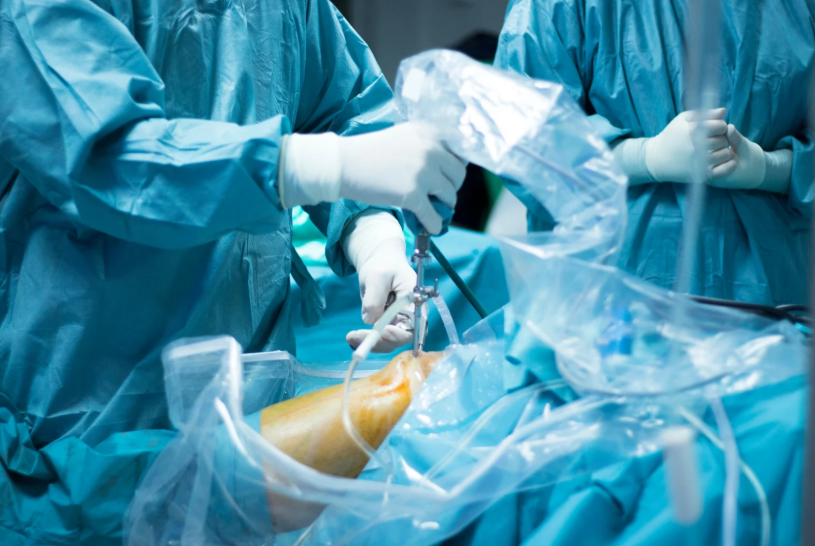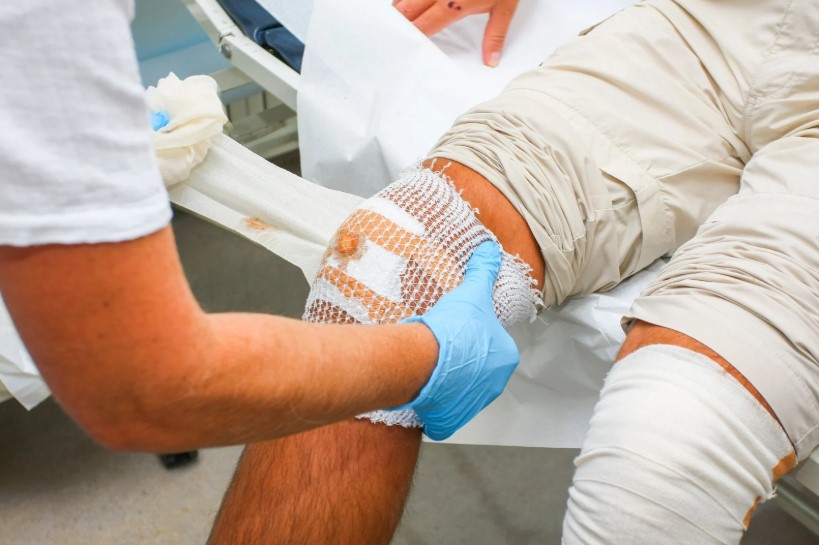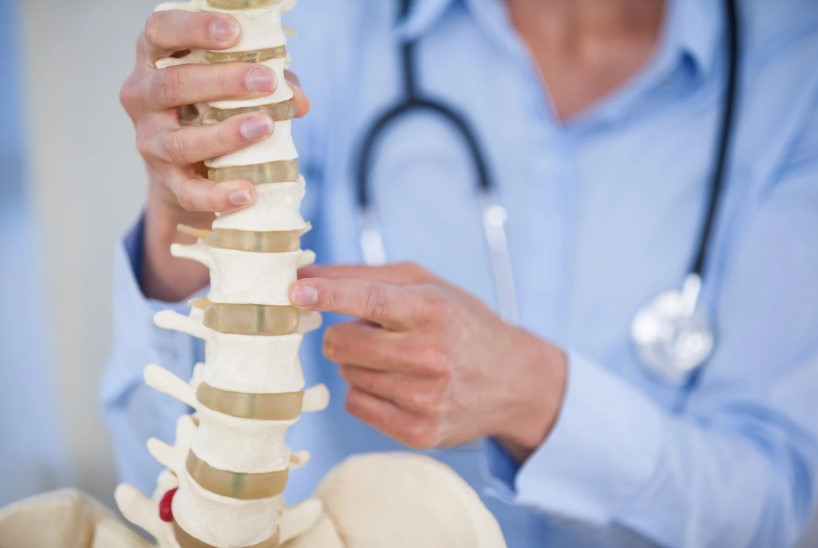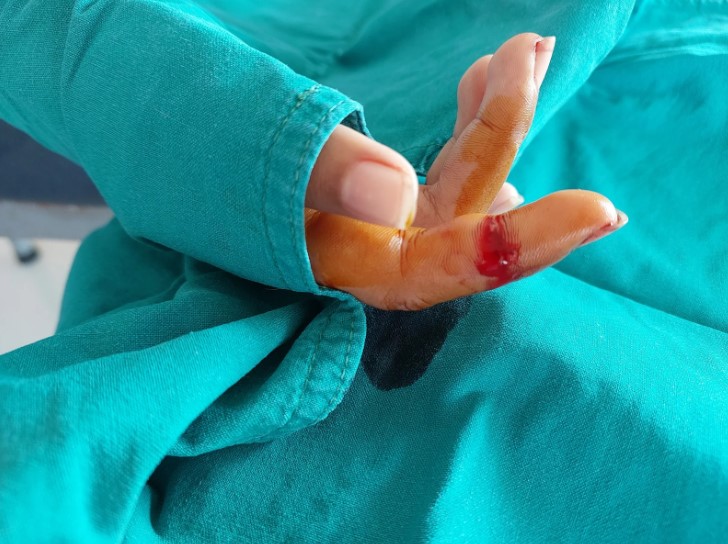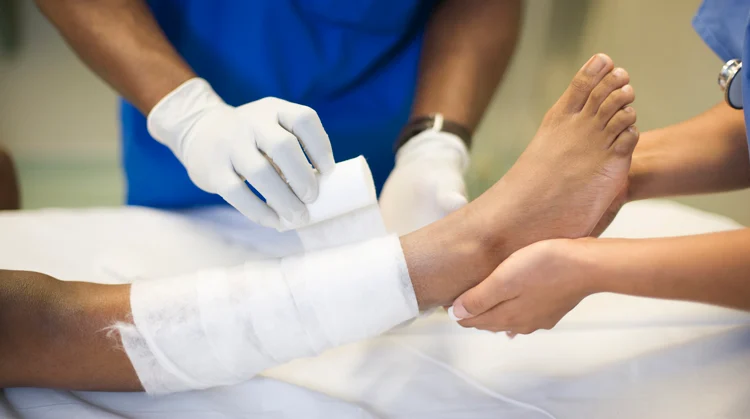Understanding Pelvic Organ Prolapse
Pelvic organ prolapse occurs when one or more of the pelvic organs—such as the bladder, uterus, or rectum—drop from their normal position and push against the walls of the vagina. This condition can range from mild to severe, and it often develops gradually, making early recognition essential. Women may experience symptoms such as a feeling of heaviness in the pelvic area, urinary incontinence, constipation, or discomfort during intimacy. Pelvic organ prolapse can impact daily activities, exercise routines, and overall quality of life if left unaddressed. Recognizing prolapse early allows individuals to explore effective prolapse therapy options and avoid worsening symptoms. Understanding the anatomy and function of the pelvic floor muscles is also critical, as these muscles provide structural support to the organs. Awareness and education about pelvic organ prolapse empower women to take proactive steps toward recovery and long-term pelvic health.
Causes and Risk Factors
Several factors contribute to the development of pelvic organ prolapse. Pregnancy and vaginal childbirth are among the most common causes, as the physical strain can weaken the pelvic floor muscles and connective tissues. Aging and menopause also play a significant role, as hormonal changes, particularly reduced estrogen levels, can compromise tissue elasticity. Lifestyle factors such as chronic constipation, heavy lifting, or obesity place additional strain on the pelvic floor and increase the risk of prolapse. Genetic predisposition can make some women more vulnerable, particularly if there is a family history of connective tissue disorders. Other medical conditions that increase intra-abdominal pressure, such as persistent coughing or certain respiratory issues, can also contribute. Understanding these risk factors is crucial for preventing prolapse and designing effective prolapse therapy plans tailored to individual needs.
Early Detection and Assessment
Early detection of pelvic organ prolapse significantly improves the outcomes of prolapse therapy. Recognizing subtle signs, such as mild pelvic pressure, changes in urinary or bowel habits, or a sensation of bulging in the vagina, can prompt timely medical evaluation. Healthcare professionals often assess prolapse through physical exams, which may involve observing the pelvic organs during movement or applying gentle pressure to detect weakness. Imaging tests, including ultrasounds or MRI, may provide additional clarity in more complex cases. A thorough assessment allows clinicians to recommend personalized therapy approaches based on the severity and type of prolapse. Early intervention helps prevent the condition from progressing to stages where surgery becomes necessary. Patients are encouraged to be proactive, communicate openly with their healthcare provider, and prioritize pelvic health screenings as part of routine care.
Non-Surgical Prolapse Therapy Options
Non-surgical prolapse therapy focuses on strengthening the pelvic floor, restoring organ support, and improving overall quality of life. Pelvic floor exercises, such as Kegel routines, are highly effective in reinforcing muscle strength and function. These exercises can be guided by a physical therapist specializing in pelvic health to ensure proper technique and prevent strain. Biofeedback therapy, often used in combination with exercises, helps patients become more aware of muscle contractions and improve control over pelvic movements. Vaginal pessaries, removable devices inserted into the vagina, provide structural support to alleviate symptoms and reduce pressure. Lifestyle modifications, including weight management, avoiding heavy lifting, and improving bowel habits, enhance the effectiveness of prolapse therapy. Consistency and patience are key, as gradual progress over weeks or months is common. Integrating these therapies into daily routines empowers women to regain confidence and comfort in their bodies.
Surgical and Medical Interventions
For moderate to severe cases, surgical interventions may be recommended as part of prolapse therapy. Various procedures are available depending on the type and severity of prolapse, including vaginal repairs, hysterectomy, or mesh reinforcement. Surgery aims to restore pelvic anatomy, improve function, and relieve symptoms that non-surgical therapy cannot fully address. Post-surgical rehabilitation is equally important, often involving guided exercises and physical therapy to strengthen the pelvic floor and prevent recurrence. While surgery can be highly effective, it carries potential risks such as infection, bleeding, or complications related to anesthesia. Patients should discuss their options thoroughly with healthcare professionals to make informed decisions. Combining medical intervention with continued prolapse therapy ensures the best long-term outcomes and supports recovery.
Integrative and Complementary Approaches
Complementary methods can enhance the benefits of prolapse therapy by focusing on overall wellness and body awareness. Yoga and Pilates, when performed under guidance, strengthen core muscles, improve flexibility, and support pelvic alignment. Mind-body practices such as meditation or breathing exercises help reduce tension in the pelvic region, which may alleviate discomfort and improve muscular coordination. Certain patients find additional relief through acupuncture or massage therapy, which can complement conventional treatments. Nutrition also plays a role, as a diet rich in fiber and hydration helps prevent constipation and reduces strain on the pelvic floor. Integrating these holistic strategies encourages sustainable improvements and enhances the body’s natural support systems. Approaching prolapse therapy from multiple angles creates a balanced and comprehensive plan for pelvic health.
Maintaining Pelvic Health Post-Therapy
Long-term maintenance is a vital component of effective prolapse therapy. Patients are encouraged to follow structured exercise routines and continue pelvic floor strengthening exercises consistently. Regular medical check-ups allow healthcare providers to monitor progress, detect early signs of recurrence, and adjust therapy as needed. Lifestyle management, including proper nutrition, maintaining a healthy weight, and avoiding repetitive heavy lifting, supports ongoing pelvic health. Women are also encouraged to adopt mindful movement practices, such as safe lifting techniques and posture awareness, to reduce unnecessary strain. Creating a proactive plan fosters independence and confidence in managing pelvic health. Long-term adherence to these strategies can significantly reduce the likelihood of prolapse worsening over time.
Emotional and Mental Well-Being During Therapy
Experiencing pelvic organ prolapse can be physically and emotionally challenging. Many women struggle with anxiety, frustration, or concerns about intimacy due to the condition. Addressing mental well-being is a critical part of prolapse therapy, as emotional health directly influences recovery and adherence to treatment. Support networks, counseling, or pelvic health support groups offer spaces to share experiences, learn coping strategies, and feel less isolated. Practicing self-compassion and acknowledging progress, even gradual improvements, reinforces motivation and confidence. Women are encouraged to communicate openly with partners and healthcare providers about concerns and expectations. A holistic approach that integrates both physical and emotional care contributes to a more positive therapy experience and long-term pelvic health outcomes.
Frequently Asked Questions (FAQ)
What is prolapse therapy, and who should consider it?
Prolapse therapy is a combination of interventions designed to strengthen the pelvic floor, restore organ support, and reduce symptoms of pelvic organ prolapse. Women experiencing symptoms such as pelvic pressure, incontinence, or bulging may benefit from therapy. Early assessment by a healthcare professional can guide the most effective treatment plan.
Can prolapse therapy fully reverse the condition?
While prolapse therapy can significantly improve symptoms and strengthen pelvic muscles, complete reversal depends on the severity of the condition. Mild to moderate prolapse often responds well to non-surgical therapy, while advanced cases may require surgical intervention.
How long does it take to see improvement with prolapse therapy?
Improvement timelines vary depending on the severity of prolapse, consistency of exercises, and therapy adherence. Many patients notice gradual relief within weeks, with continued benefits over several months.
Are there risks associated with non-surgical prolapse therapies?
Non-surgical therapies are generally safe, but improper technique during exercises or device use can cause discomfort. Consulting a trained physical therapist or healthcare provider minimizes risks and ensures correct application of techniques.
Can lifestyle changes reduce the likelihood of prolapse recurrence?
Yes, lifestyle modifications such as maintaining a healthy weight, avoiding chronic straining, and adhering to pelvic floor exercises help reduce the risk of recurrence and support long-term pelvic health.



